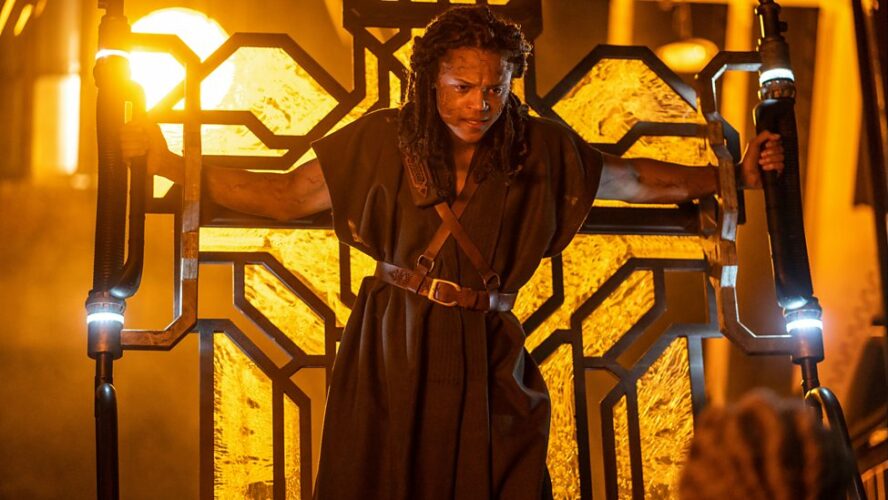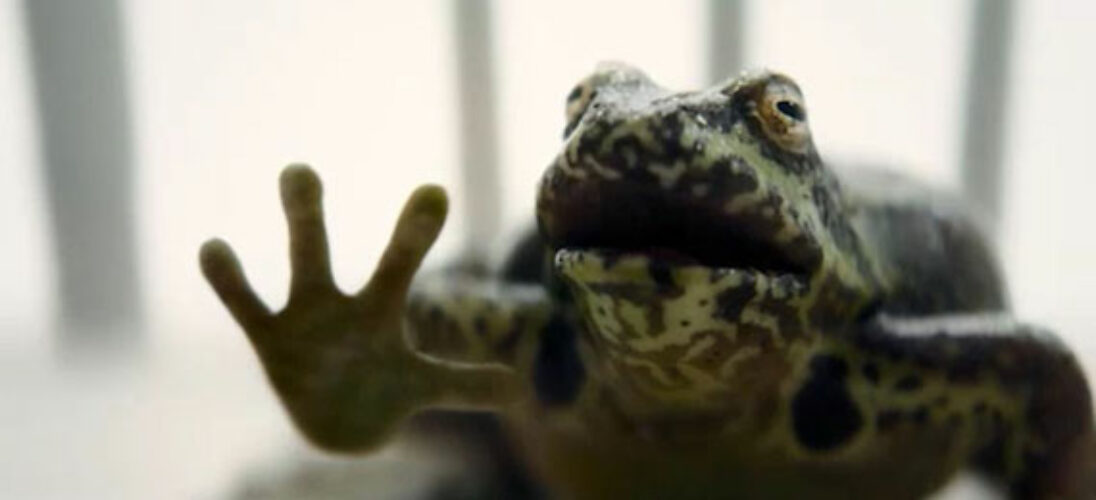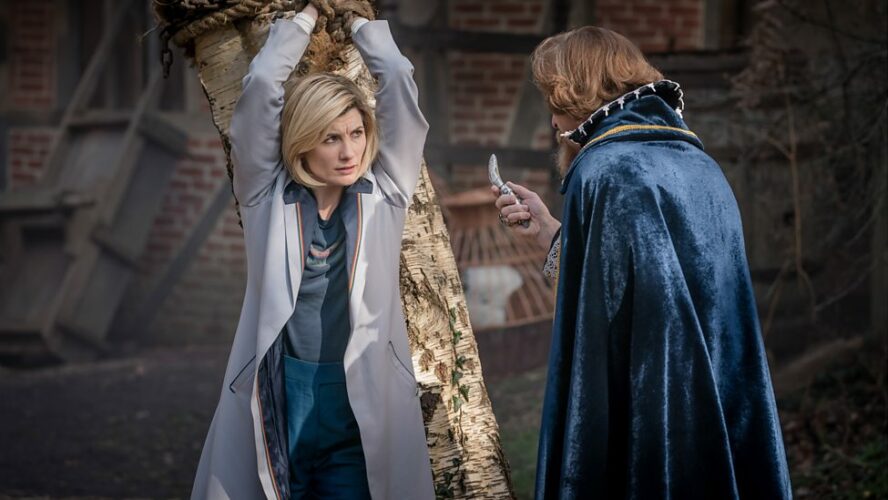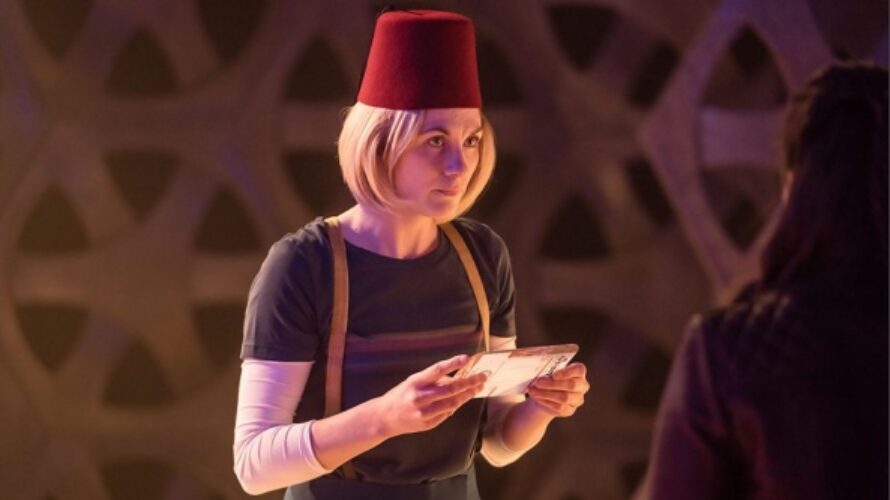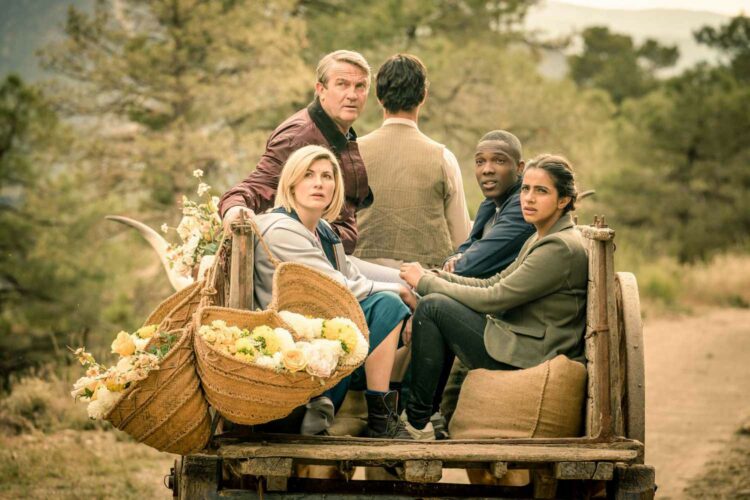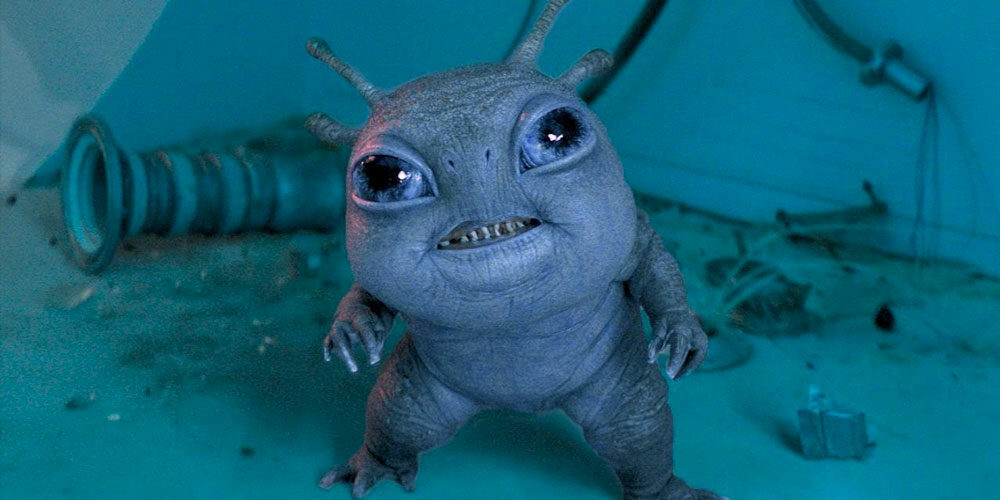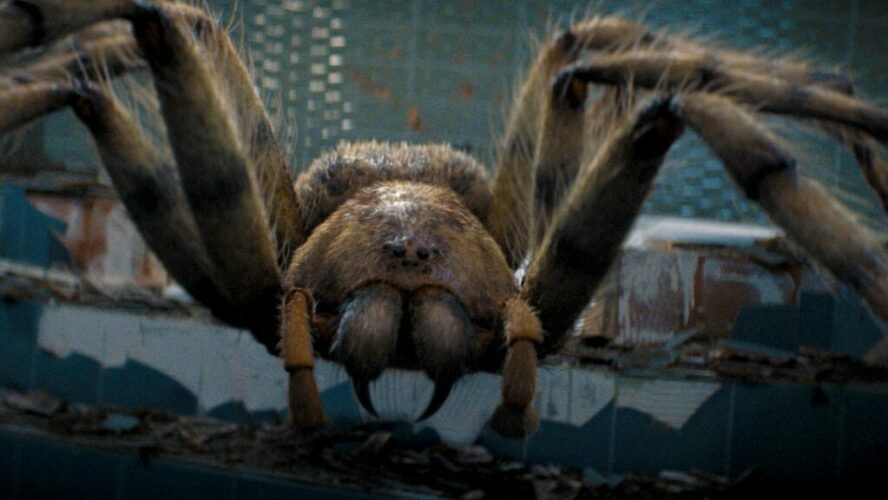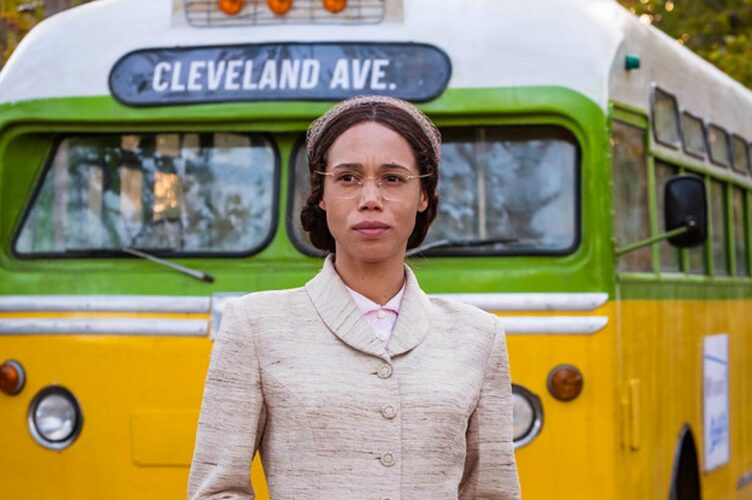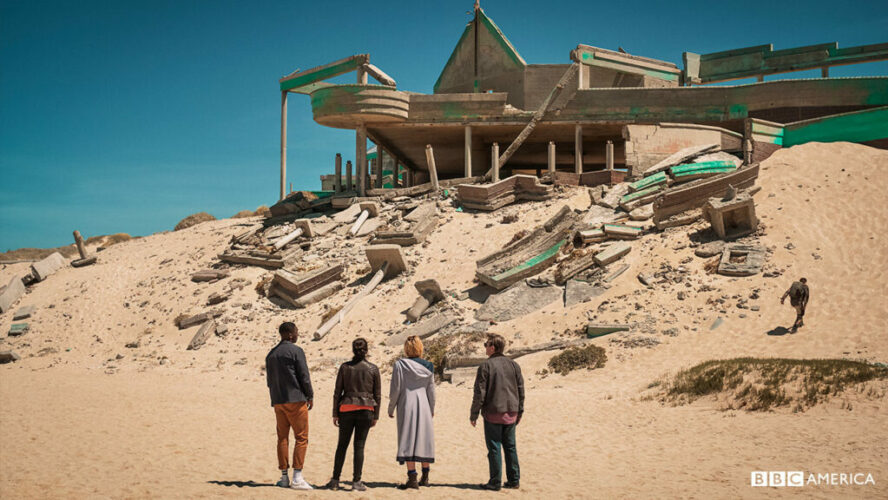Eating Their Own Relatives (Resolution)
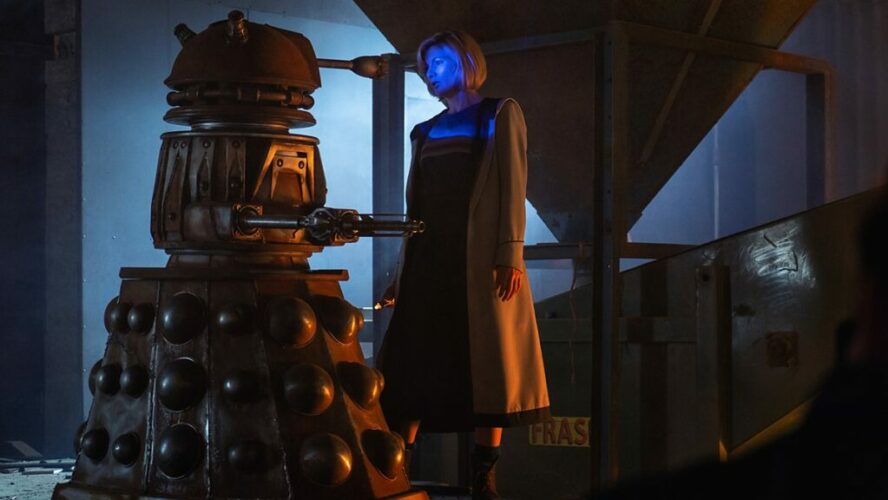
It’s January 1st, 2019. Ava Max is at number one with “Sweet But Psycho,” with Wham, Mariah Carey, the Pogues featuring Kirsty Maccoll, Band Aid, Michael Buble, Leona Lewis, Elton John, and Shakin’ Stevens all also charting, literally none of them with songs released this decade. (Ariana Grande’s “Thank U Next” is the only other actually contemporary song in the top ten.) In news, Gatwick Airport spent three days closed due to either drone activity or hilarious panic over nothing. The Donald J. Trump Foundation was shut down for, basically, being a massive scam, Defense Secretary Jim Mattis resigned in ineffectual protest, and Theresa May survived a no confidence vote.
On television, meanwhile, Doctor Who is back with its only episode of 2019, Resolution, which features the mostly unannounced return of the Daleks. The key scene—or at least what should be the key scene—comes with the sequence of Lin assembling the scrap metal Dalek, with its obviously deliberate parallels to the Doctor assembling her sonic screwdriver back in The Woman Who Fell to Earth. Doctor/Dalek parallels are nothing new, of course, but this isn’t historically how they play out. Usually this is something about monstrosity—the Doctor making a good Dalek, as Rob Shearman put it in a formulation that has really only ever been iterated upon in the subsequent twenty years. But that’s not what’s going on here. No, in this instance the Dalek is being compared to the Doctor. After all, it’s Whittaker who has already been established as “the one who makes stuff out of spare parts in Sheffield.” The Dalek is, very literally, imitating her here.
Which, neat. That’s a cool idea. But let’s ask: where is this going? We’ve got a neat visual parallel going, it’s all very compelling, but what exactly is it saying? Because as played out as Shearman’s trick has been (and as “gently nicked from The Killing Joke” as it was), it at least had something to say about the complicated relationship between heroism and monstrosity. It had implications. It contributed towards a larger understanding of the narrative. But what exactly does it mean that the Dalek, like the Doctor, rebuilt itself out of Sheffield steel?
It’s not that there aren’t options here. There’s undoubtedly a story to be told about the Doctor as a scrap metal identity, rebuilt and repurposed. That’s an entirely workable regeneration metaphor, and you could then readily extend it to a new and reworked Daleks by way of playing with the absolute and unchanging nature of the Daleks. There’s something there. There’s also probably something a bit more China Miéville to be done about salvaged identities. And those are, like, just what I can come up with off the top of my head. Fundamentally, it’s a pretty open-ended idea with which you can legitimately do a fair amount.
The problem is just… well, it’s exactly what you’d expect it to be, isn’t it? Chibnall doesn’t do any of these things. I mean, the entire Sheffield Steel angle on the Doctor has been even more fallow than Ryan’s dyspraxia over the preceding nine episodes.…

